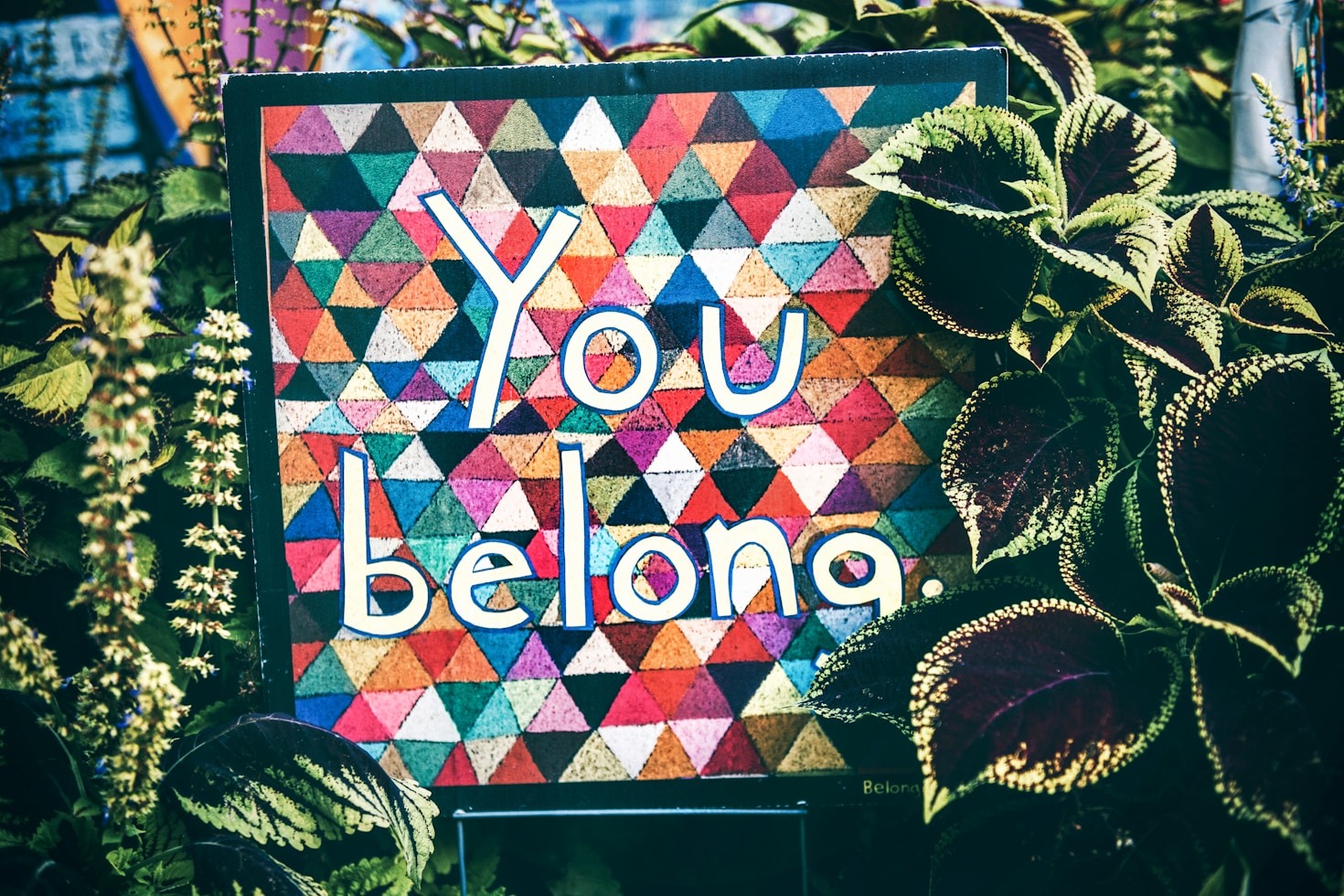Communication is a word that describes the diverse ways that people use to express different feelings, ideas, and information in various ways. It is a fundamental aspect of human interaction, it is an important tool for building confidence and trust, and it is crucial for maintaining feelings of safety and security. People communicate in diverse ways for a variety of reasons.
Body language and gestures1
- A person who does not communicate using speech may use their body language to communicate their feelings, needs, and wants. For example, a person may use a tapping or pointing gesture to indicate their choice or decision, or may indicate this in other ways, such as with a thumbs up or down.
- Understandings of personal space vary according to different factors such as age, culture, faith, disability and gender. Some people who are neurodivergent, for example, may not be aware of others’ personal space boundaries and how to respect them appropriately. Similarly, individual cultures have their norms of personal space, which may not be the same as those we have experienced.
- People communicate using their body language in different ways: consciously and subconsciously. Conscious body language describes the gestures that people knowingly make, such as shaking their head in disagreement. Subconscious body language expresses how a person is feeling. For example, a person may cross their arms over their chest as a reflex when they are uncomfortable, or their feet may be turned away in a situation that they want to leave.
Verbal communication
- Verbal communication is any form of communication that involves the use of spoken words and active listening. This can be in diverse forms, such as face-to-face conversation, phone calls, and voice notes.
- Effective for building relationships, expressing needs and desires, learning, and conflict resolution.2
- Verbal communication should not be considered in isolation as a primary form of communication: context and clarity are often needed, as much of what people say in spoken conversations is informed by the body language of others.
Augmentative and alternative communication
- Augmentative and alternative communication (AAC) is a range of techniques, tools, and devices that support people who do not communicate verbally to express themselves in ways that are reflective of their desires. For example, a person may wish to use AAC technology to more effectively communicate their wants and needs.
- Some AAC technology can be used as a primary means of communication for people whose speech is limited, and it can also help people to more clearly understand what people around them are saying.
- There are two types of augmentative and alternative communication: unaided AAC and aided AAC. Unaided AAC methods include gestures such as facial expressions and hand or eye movements. This also includes forms of sign language, such as British Sign Language (BSL), Makaton, and home sign. Aided AAC uses devices and technology to help people communicate clearly and effectively. For example, through voice output communication aids (VOCAs), and computer-based systems such as eye tracking technology.
Written communication
- Written communication is a way of interacting that conveys ideas and information using written words.
- Written methods such as post-it notes, emails, and text messages, are forms of communication that can be referred to at a later date. This helps people to understand, process, and retain information.
- Written communication can be presented in a variety of ways, for different reasons: formally, such as academic and creative writing, and informally, such as through written messages and social media.
Communication is vital because it allows people to connect with and understand each other by helping them express their feelings, needs, thoughts, and wants in ways that are meaningful to them. Clear and concise communication is often a foundation for achieving shared goals, such as teamwork, conflict resolution, and personal and professional growth.
[1] Conflict resolution can be achieved via many means and is not restricted to verbal communication. Verbal communication, however, is the “recommended” mode of resolving conflict, and is the primary means by which people resolve arguments, disagreements, or disputes.
- These factors are non-exhaustive. ↩︎
- Conflict resolution can be achieved via many means and is not restricted to verbal communication. Verbal communication, however, is the “recommended” mode of resolving conflicts, and is the primary means by which people resolve arguments, disagreements, or disputes. ↩︎


Leave a Reply